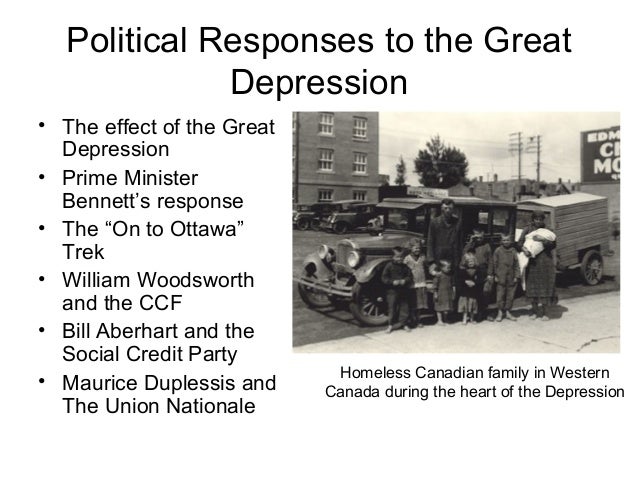

Tengle Children in Hale CountyIn the years after the Civil War, Alabamians, like many southerners, lived on the edge of poverty, a result of the disruption of the plantation economy and the subsequent rise of widespread sharecropping and farm tenancy, low-wage industry, and a lackluster economy. In Alabama, for example, personal annual income fell from an already low $311 in 1929 to a $194 in 1935. Without income, people could no longer buy the goods that buoyed the American economy. Alabama's already limited non-farm employment fell 15 percent between 19. As industries scaled back production, they fired workers, leading to increased unemployment, which peaked at 25 percent in 1933 and hovered around that mark throughout much of the 1930s. By 1929, industries, the backbone of prosperity in the "Roaring Twenties," experienced a decline in consumption as farmers could no longer afford to buy consumer goods and the overall market for goods had become fairly saturated. In Alabama, cotton prices dropped to the lowest levels since the 1880s. American agriculture had been struggling as early as 1921, when commodity prices fell steadily from post- World War I highs. Historians now generally agree that, nationwide, the Great Depression did not begin with the stock market crash, but with a more gradual decline in key economic sectors. Franklin Roosevelt's New Deal provided relief for many facing dire poverty, but the Depression truly ended only with the economic boom that followed the state's mobilization because of World War II. The era reshaped the state's political, economic, and social traditions, highlighted the economic inequalities associated with industrial work, and challenged Alabama's long-standing social and racial hierarchies, even encouraging some Alabamians, black and white, to push for basic civil rights.

Their work, Let Us Now Praise Famous Men, would become the iconic study of Alabamians' experiences during the Depression. So dire was Alabama's situation during these years that it drew the interest of Fortune magazine, which sent author James Agee and photographer Walker Evans to Alabama in 1936. The Depression's impact on Alabama lasted throughout the 1930s and, for some Alabamians, into the early 1940s, which was longer than the nation as a whole. stock market crash of October 1929 is often seen as the beginning of the Great Depression, in Alabama and elsewhere, the crash exacerbated an already existing decline in agriculture that had begun much earlier in the decade and spread statewide to cities and industries thereafter. Forest RestorationThe Great Depression was a sustained, national economic recession that shaped the lives of all Alabamians.


 0 kommentar(er)
0 kommentar(er)
